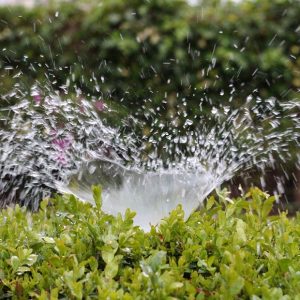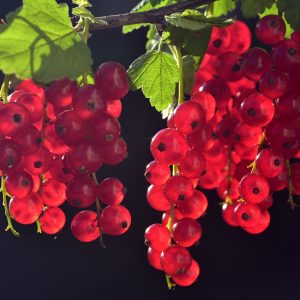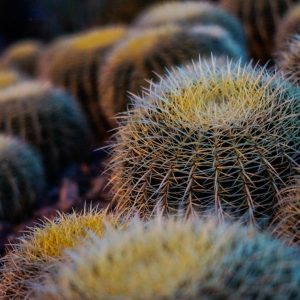E-Learning Structure
The duration of this online course is 100 hours. This consists of 15 in-depth lessons:
- Creation & Maintenance of Australian Ecosystems
- Plant associations
- Earthworks
- Rockeries
- Types of rock groupings
- Plants and rockeries
- Propagation
- Techniques
- Seed
- Cuttings, etc.
- Marketing
- Advertising
- Brochures, etc.
- Eucalyptus
- Introduction to/use of Eucalypts.
- Proteaceae Natives
- Introduction to and use of the main Proteaceae genera.
- Australian Legumes
- Introduction to Mimosaceae(e.g. Acacia)
- Introduction to Caesalpinaceae (e.g. Cassia)
- Introduction to Fabaceae (e.g. Kennedya)
- More Native Plants
- Introduction to other Australian plant genera; e.g. ferns, conifers, Melaleuca, Callistemon.
- Wildlife Park Management (Keeping animals)
- Legislation
- Enclosures
- Permits, etc.
- Picnic Areas
- Facilities
- litter, etc.
- Playground Design
- Equipment
- Materials
- Safety
- Costing, etc.
- Paths & Paving
- Types of pavers
- Laying paths and pavers
- Water Landscapes
- Water features
- Pools
- Maintenance, etc.
- Park Interpretation
- Techniques
- Program design, etc.
- Trail Design & Construction
- Fun & fitness trails
- Surfacing materials
- Design
Course Aims
- Explain how by changing drainage patterns man can damage a natural environment. Consider both urban and rural areas.
- Why would you plant trees several years before planting lower plants in an area you are attempting to return to natural bush?
- How would you go about rehabilitating or establishing an area?
- Present your notes and sketches from a study of natural rock areas.
- Present photos or sketches of rockeries you have inspected.
- In what situations would you be likely to create rockeries in a wildlife enclosure? Why?
- Prepare a list of 30 Australian native plants stating how you would propagate them and why you would use that method in preference to others.
- Prepare a table of at least 20 different recreation activities that you may be familiar with that indicates how compatible these activities are with each other.
- Design a magazine or newspaper advertizement to promote a park you visited.
- Name a nature park which you know of through their marketing, though you have never visited it. What aspect(s) of their marketing have made you aware of this park?
- Describe step by step everything you need to do to grow a eucalypt from seed into a healthy plant over a ten year period.
- Select 25 different species of Eucalyptus which you have details about and write a description and notes for each of these species.
- Write descriptions for six different species of wattles which will grow successfully in your locality.
- What are the principle uses of the Proteaceae and leguminous plants as you see them in a park situation.
- Make up a list of at least 30 Myrtaceae species which will grow well in your locality.
- Draw a concept plan for the development of a wildlife park.
- Draw a detailed plan for the construction of an animal enclosure.
- Design a picnic area.
- Submit the drawing (or photo) of the picnic area you looked at with your comments on the design of that facility.
- Design a piece of park furniture and prepare a costing for the production of the item.
- List six different types of park furniture you looked at.
- Collect catalogues from lawn seed suppliers, instant lawn companies etc.
- Contact several quarries in your area. Collect samples of the materials they supply.
- Contact artificial turf companies and make up a list of materials available.
- Find three examples of bad selection of surfacings in a landscape.
- List freshwater and saltwater animals that can be farmed under aquaculture management in your locality.
- Design a water feature of your choice.
- Compare the alternative methods of sign production to show the differences between methods with respect to cost, durability, the situations where it would be appropriate or inappropriate to use each type.
- Design a sign which will enable visitors to distinguish between the different animals in an enclosure.
- Write a short piece of literature for children which relates what you can observe in an enclosure.
- Suggest a supervised activity for children which could be used in a wildlife park during school holidays.
- Design a trail.
How Does A Warnborough Online Course Work?
You can start the course whenever is convenient for you. You will be studying from home and have access to support from our qualified tutors. Practical exercises and research tasks will be set at the end of each lesson – including an assignment. You will submit this assignment to your course tutor, who will mark your work and give you constructive feedback and suggestions.
If you have any questions please contact us.





